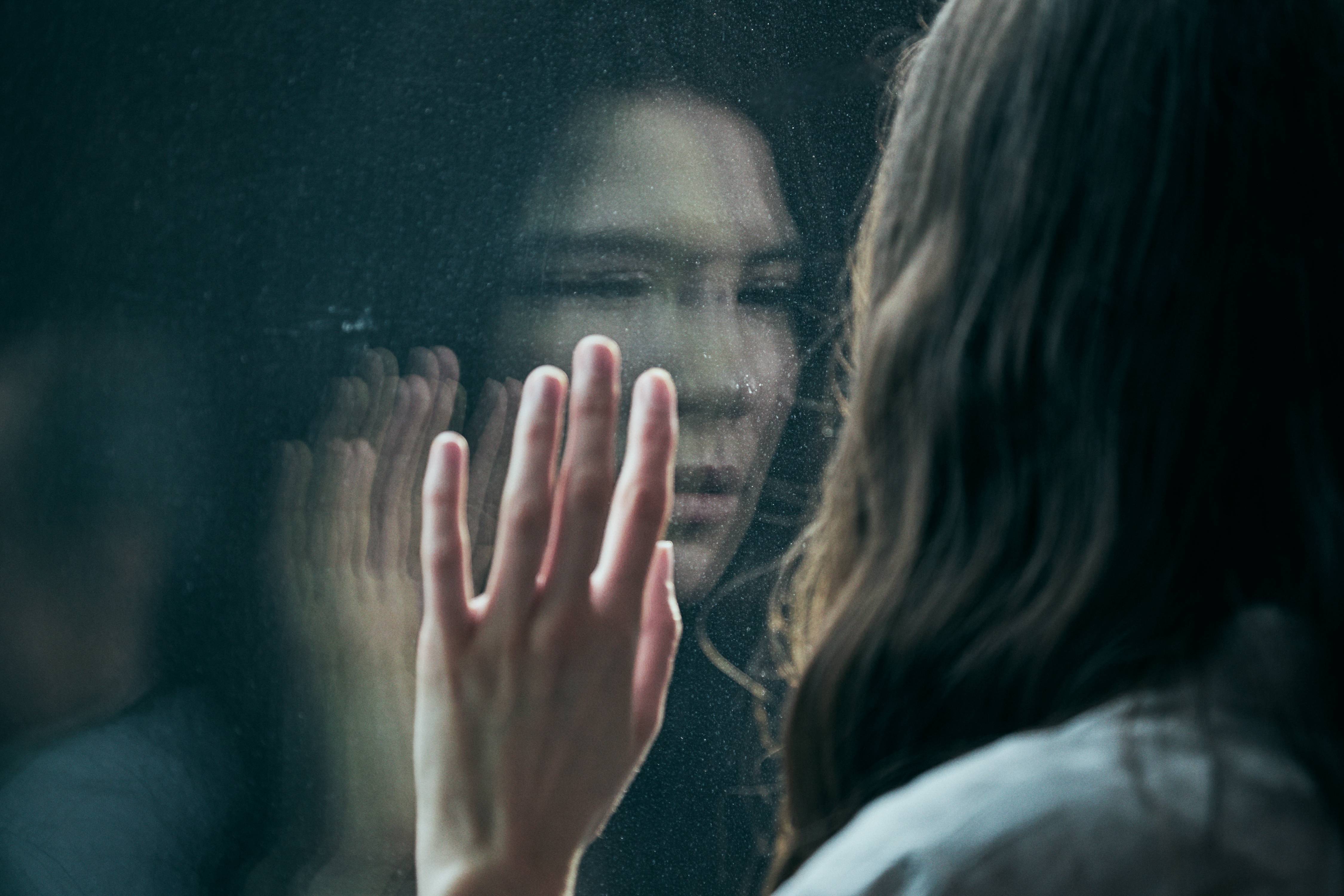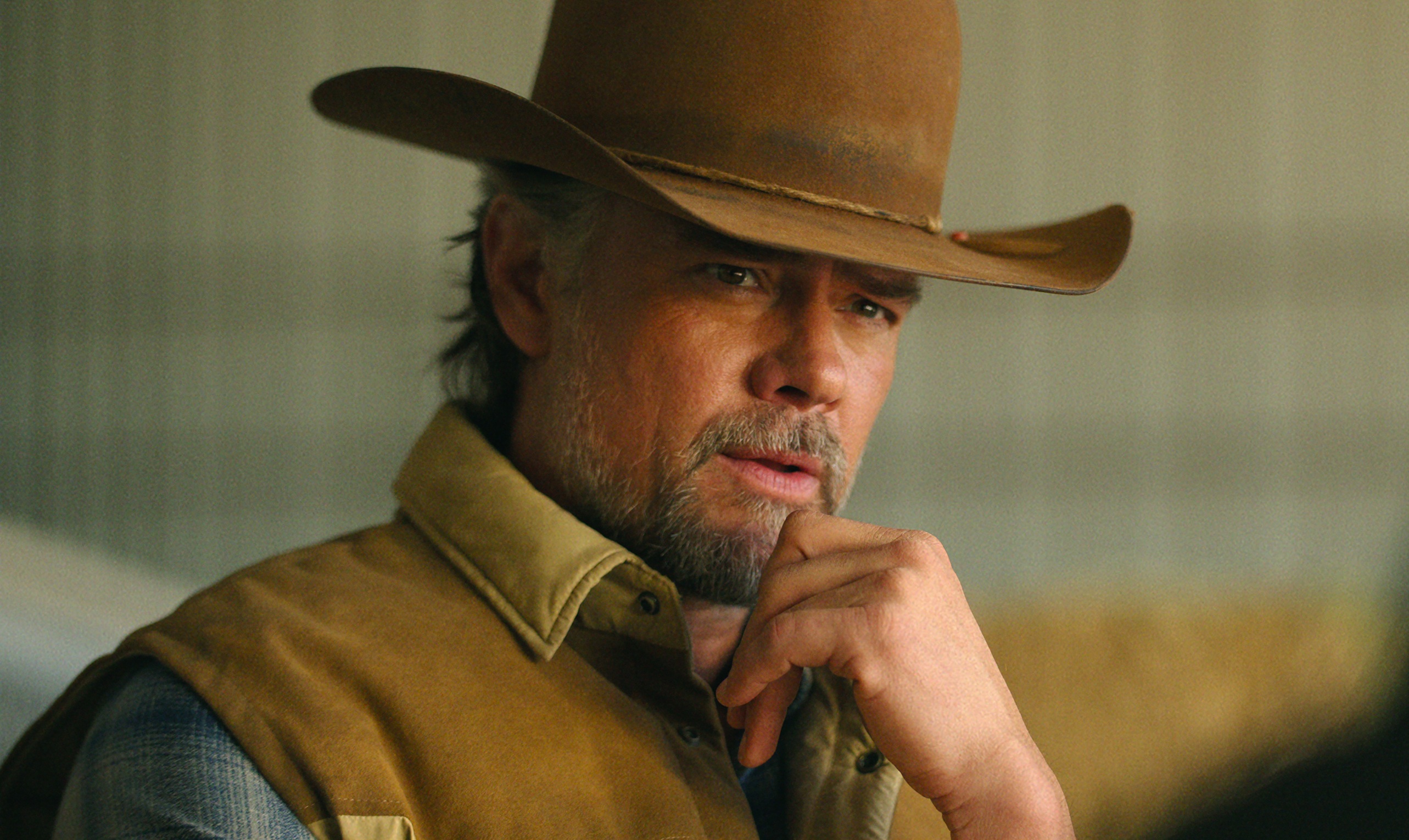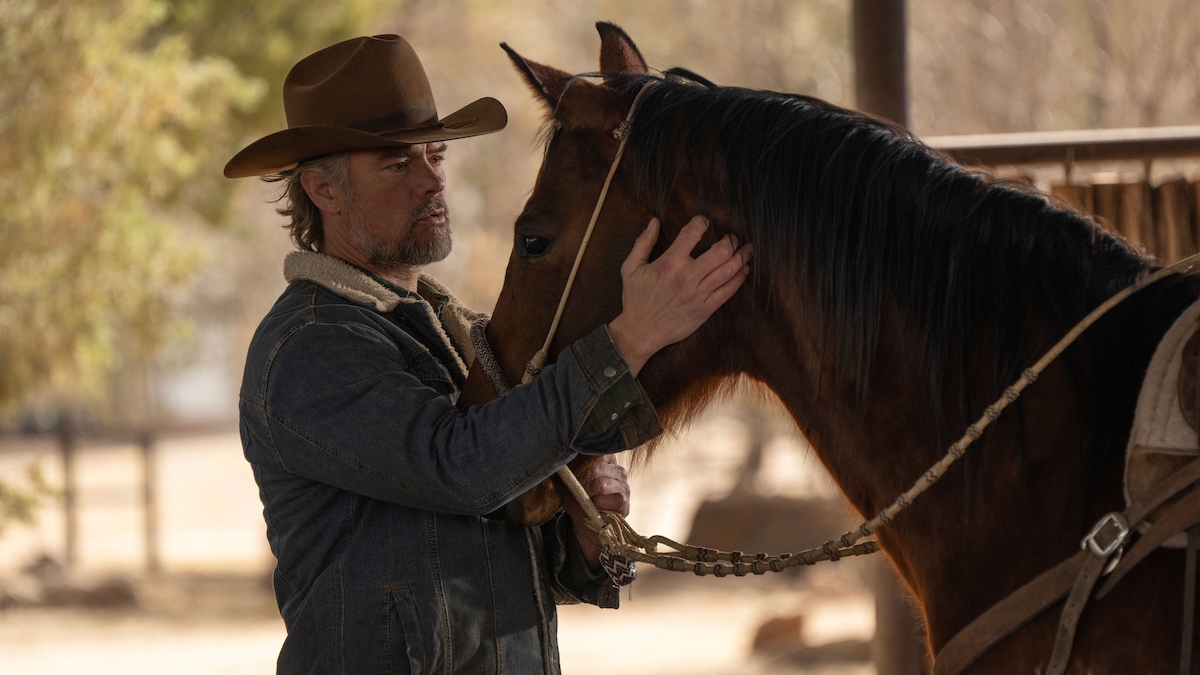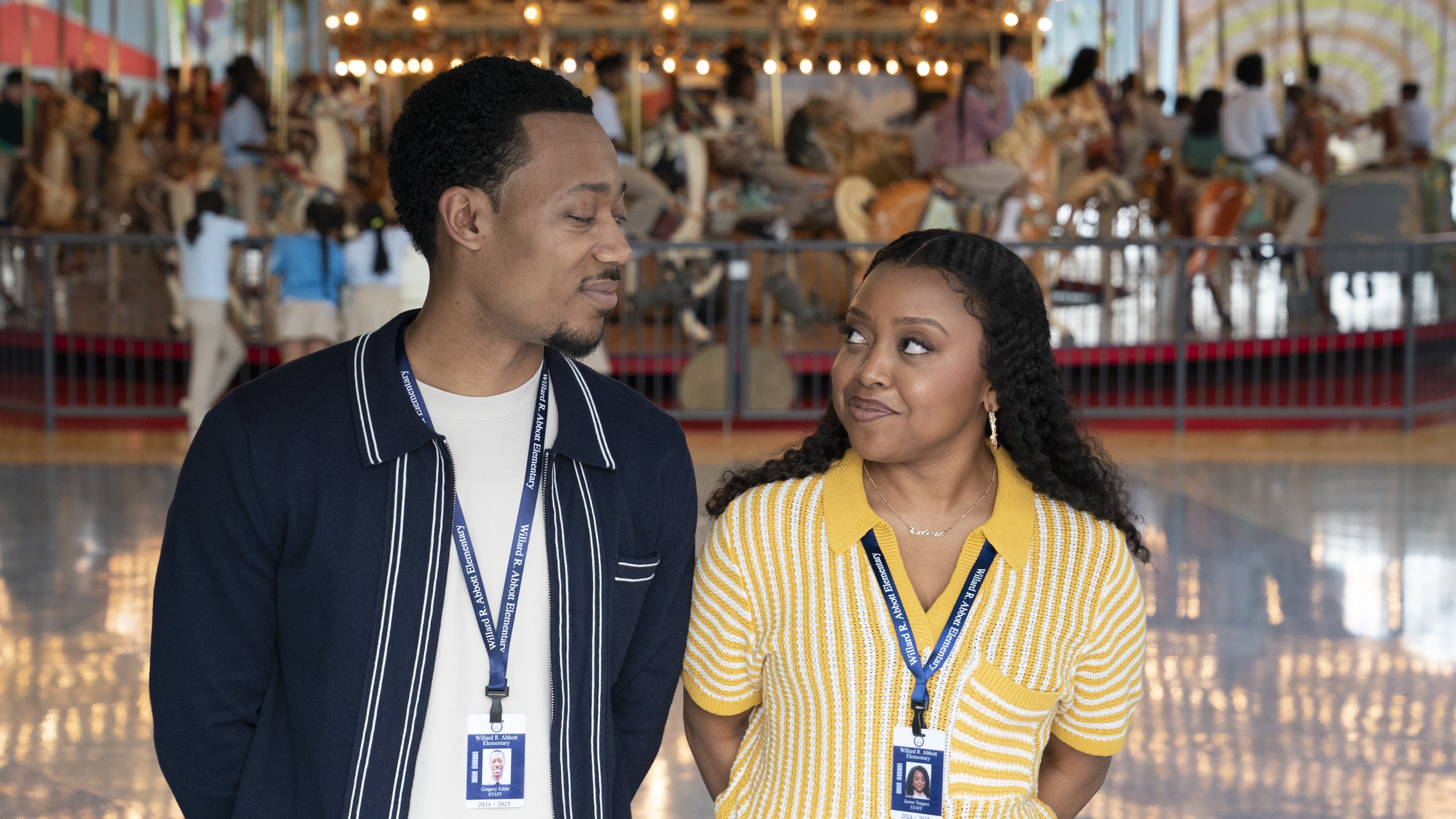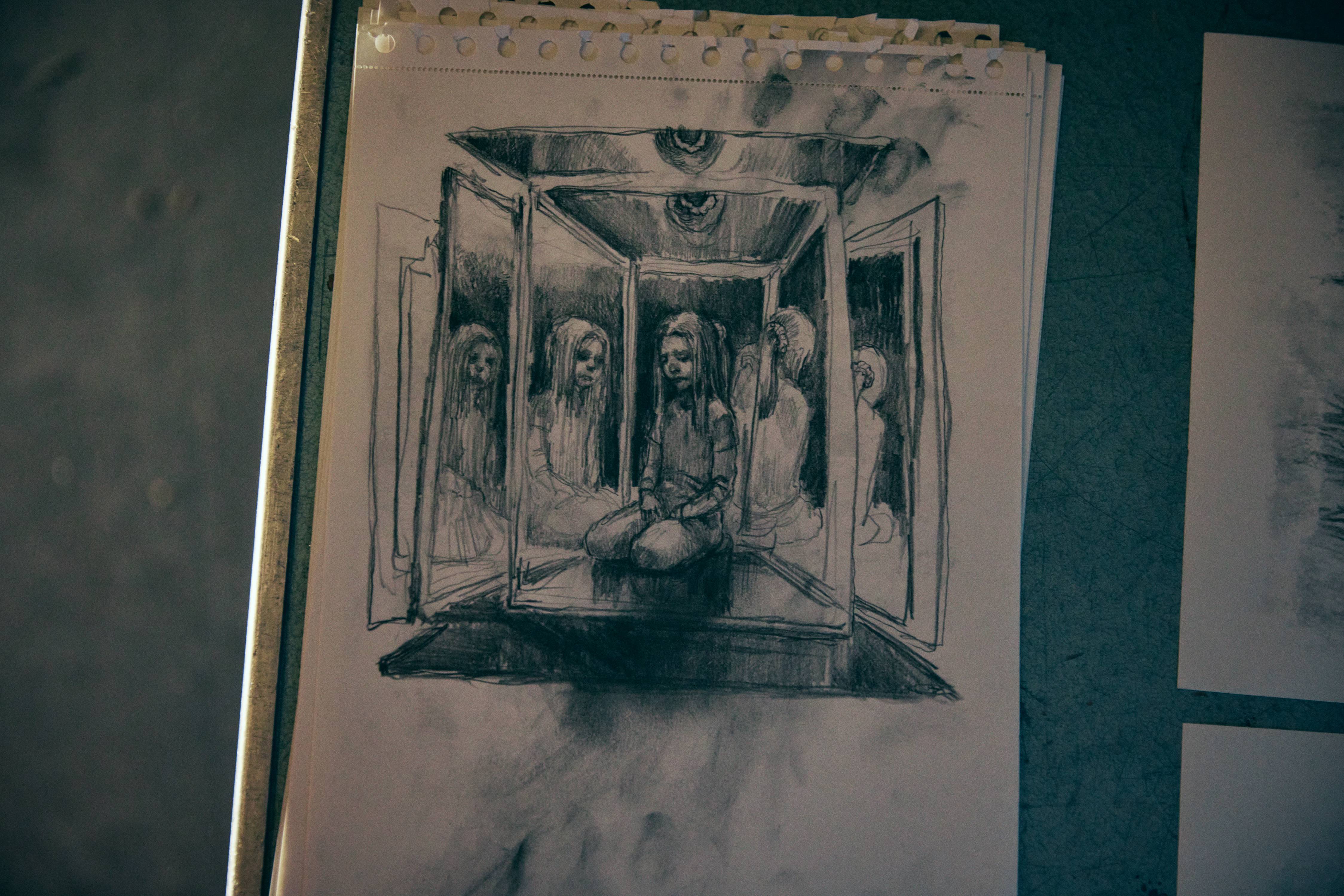Deconstructing the surrealism behind 'The Suicide Squad'
Not just weird for the sake of being weird!
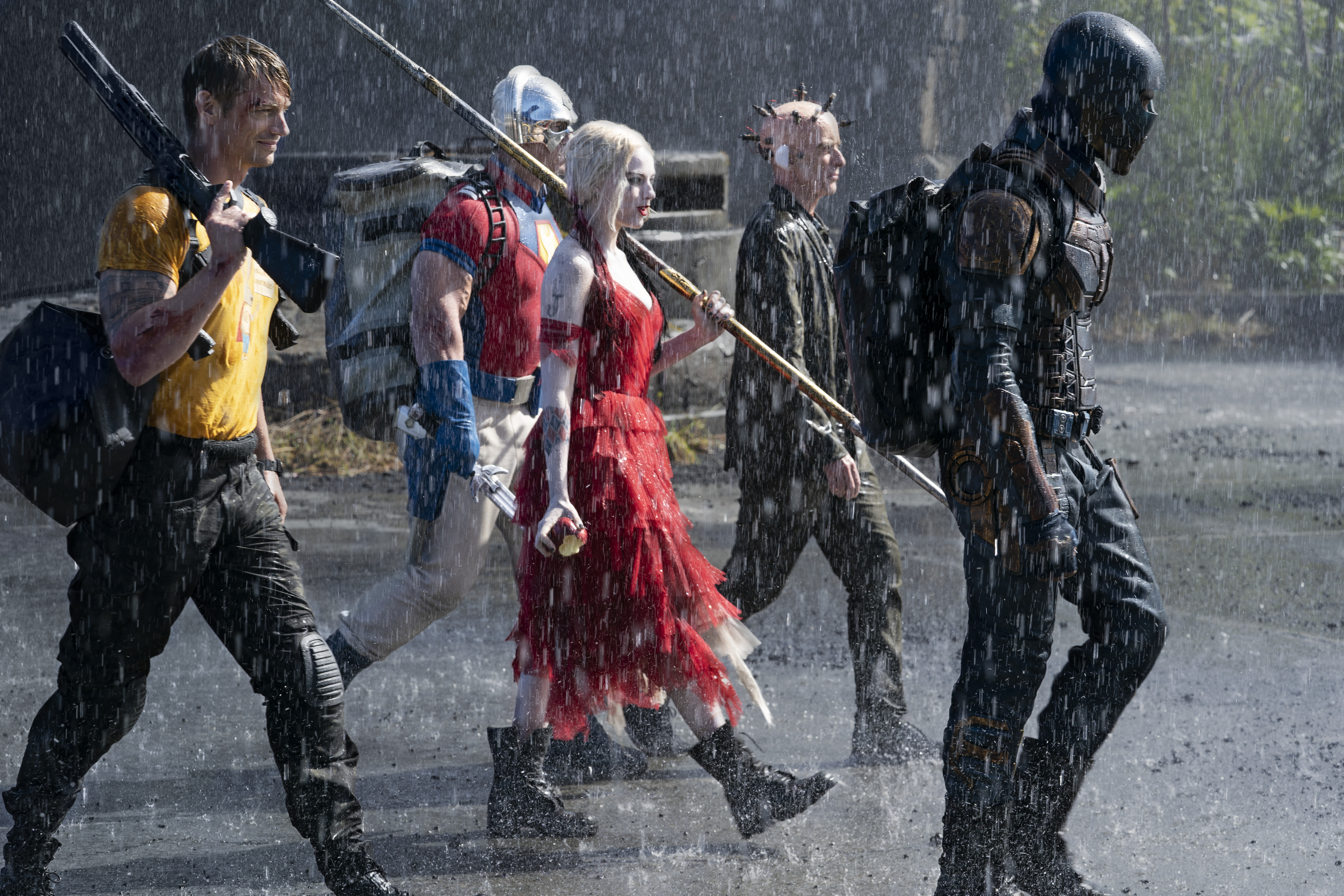
This post contains spoilers for The Suicide Squad.
Now that James Gunn's The Suicide Squad has hit theaters, it's not a hyperbole to say that in between the sophomoric humor and extreme gore, the film goes to some incredibly weird places. Whether you love it or hate it, it can't be denied that there aren't many comic book movies that dole out the surrealism on the same levels Gunn's film does. But are these elements just planted purely for the sake of aesthetics? Or, like most of Gunn's films, is there something more intentional behind them all? From its visually arresting chapter titles to its trippy climax, and visual framing of how its damaged characters perceive the world, there's a lot to deconstruct in all of the most weird and wonderful scenes this film has to offer.

Eye-Catching Chapter Titles
A DC film that uses chapter titles to divide its narrative into sections. Sound familiar? It should, because about 5-6 months ago Zack Snyder's Justice League did something similar. However while The Snyder Cut's chapters had a more solemn, operatic feel, The Suicide Squad presents its chapter titles in a more visually arresting, unconventional way. Gunn's use of the scenery or atmospheric elements, like smoke, fire, vines, or elevator buttons guides the viewer through each of the film's separate sections.
Now one can write something like this off as simply being there for the purposes of visual panache. However, more than anything, Gunn has famously been cited as a massive fan of comic books; particularly the John Ostrander run of The Suicide Squad in the 80s. And, as fans could attest to, most comic book series usually have individual titles per every issue, typically presented to the reader within the first 2-3 pages of the issue. The titles would pop out largely, using fonts or colors that allow it to blend in among the backgrounds or tie into the visual motifs of a panel.
In that same grand tradition, that's what Gunn is doing with The Suicide Squad chapter titles! He's turning the film into a graphic novel. Comic book storylines are typically consolidated into graphic novels comprised of 4-12 individual issues. The film is divided into about 8 individually titled sections. Thus, one can see Gunn's intention to make the film something of a visual graphic novel, with each section representing a new "issue." This makes the movie a love letter to comic books and graphic novels in general. The audience is able to "binge read" an entire graphic novel comprised of 8 issues of a single arc, by seeing it come to life for 2 hours. It’s Gunn’s way of appreciating the medium that put him on the map.
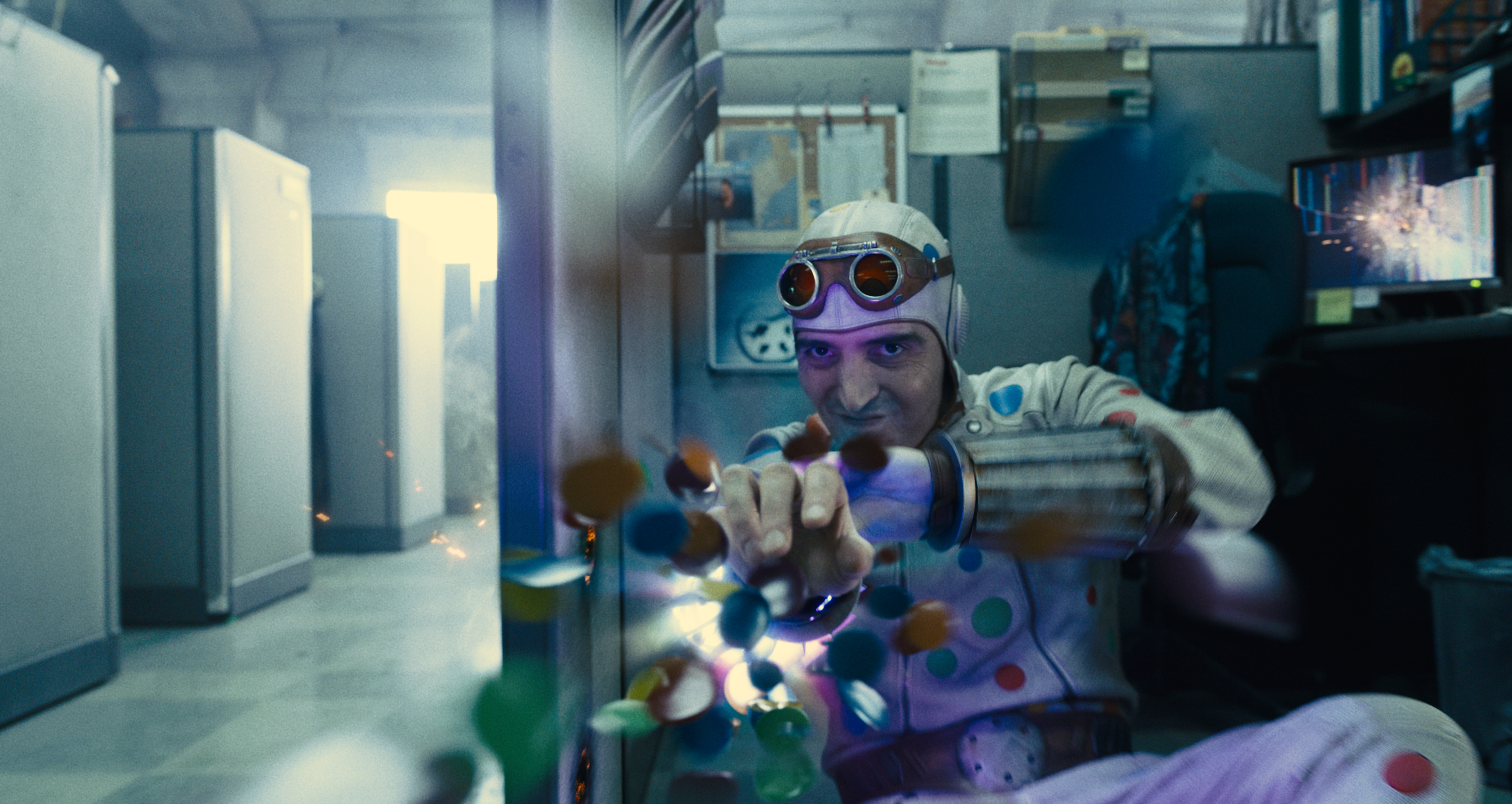
Visual Representations of Character Psyches
Two of the most memorable scenes in the film are Harley's escape and the reveal of Polka Dot Man's maternal visions. Naturally, again, one could look at these two scenes and dismiss them as a style over substance (or punchline over substance in the case of Polka Dot Man's reveal) choice. But Gunn is trying to tell us more.
Is the Harley scene exciting? Absolutely. Is the Polka Dot Man scene funny? Certainly. But they are both heavily tinged with a shade of tragedy. Harley has spent so much time among the chaos and violence of being in an abusive criminal relationship, that all she sees during times of heavy violence are flowers and birds amidst the blood and guts. Polka Dot Man's been so shaken by the torture his mother has put him through, that he can't ever escape the haunting pain of his life. It's precisely why he hopes they die on this mission.
Get the What to Watch Newsletter
The latest updates, reviews and unmissable series to watch and more!
Allowing us to see the world through their perspective is a move that allows us to empathize with both as human survivors that have been traumatized by the intense horrors they've experienced in their lives. It's an exercise in showing, not telling – intentionally turning these scenes into the opposite of the expositions we get about Bloodsport and Ratcatcher 2 later in the film. Why? Because these two have it worse. Is it overt? Sure. But it's not meant to be subtle. Gunn wants us to love these characters as much as he does, and needs the audience to feel what they’re feeling because they’re harder to identify with than other members of the Squad. And it paid off fully, with each coming off as major highlights in the film.
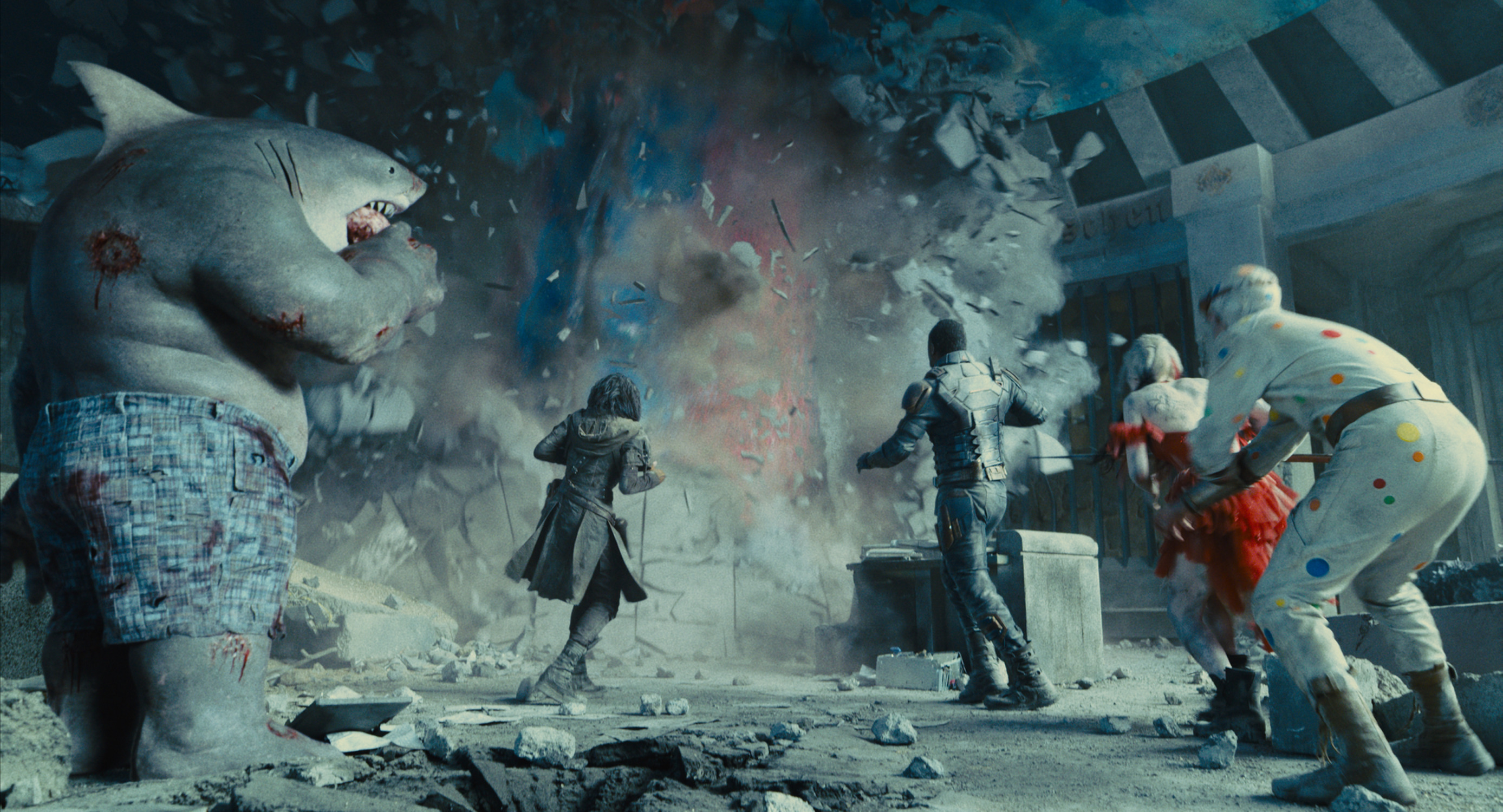
"I Was Happy, Floating, Staring at the Stars"
One of the most visually arresting scenes in the movie is one where Harley dives into a giant star's (Starro) eyeball. It's a moment of psychedelic surrealism as she floats against the backdrop of a colorful, crazy background to John Murphy's hopeful score, as it's being filled by rats. Both bizarre and beautiful, the scene, when you begin to analyze it, is actually something of an ironic foil to Starro the Conquerer's incredibly sad story.
Starro's haunting words at the end of the movie are "I was happy, floating, staring at the stars." Floating aimlessly in the solitude of space symbolized complete freedom for Starro; a freedom that was eventually taken away by the Americans. In the same way, Harley and the Squad's freedom was also taken away by American forces led by Waller. Both were used as guinea pigs for the same forces - Starro as an experiment, and the Squad as expendable canaries flying into the proverbial coal mines of war. They are, essentially, mirrors of one another. Survivors of an unjust government unconcerned with the lives its ruining, and justifying their methods with the false notion of peace or justice.
However in the end, given the Squad's choice to do the right thing in spite of their rotten circumstances, the colorful scene of Harley floating aimlessly inside of Starro signifies a different kind of freedom. It's an act that represents freedom of the people of Corto Maltese from both Starro and Luna, as well as the Squad's own individual freedoms from Waller and the government that originally took theirs and Starro's freedoms away in the first place. Everything comes full circle with the simple act of Harley diving into a giant eyeball.
Starro was floating in space. Freedom was taken away. Harley is floating in Starro. Freedom is restored. Yes, it's a notion that's potentially reaching for the stars. But what's to say it's not the reason Gunn chose to highlight this scene. At minimum the parallels with one another have to be why the scene was given a fair amount of significance.
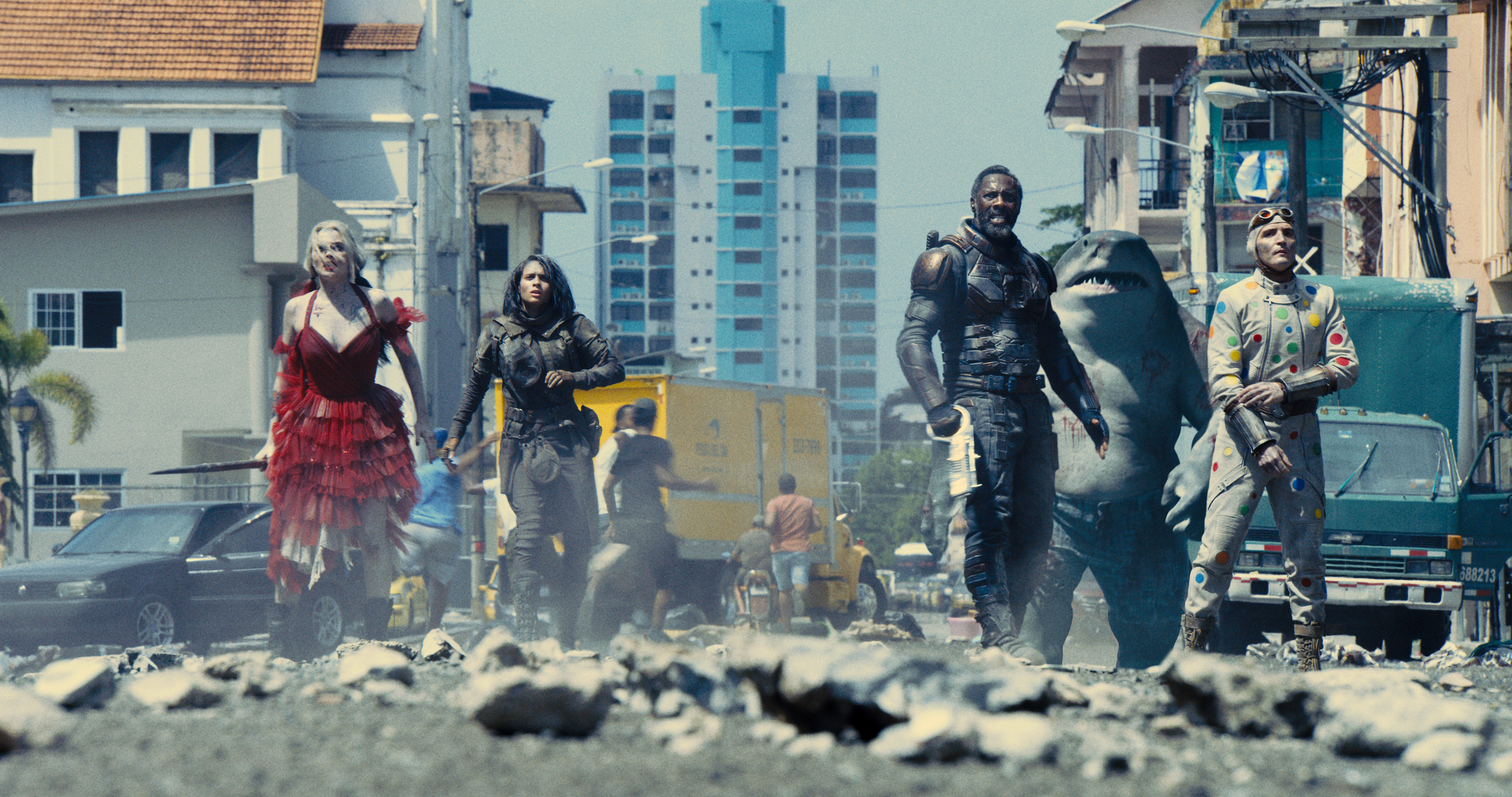
At the end of the day, as the saying goes, film is ultimately subjective. It's just as easy to overthink things and invent hidden meanings within a movie (which I could be doing here), as it is to take a film at surface level for mindless entertainment. However, for some, The Suicide Squad, isn't just your run-of-the-mill comic book movie. The bold choices that Gunn has made, don't just set it apart from other superhero stories and adaptations from the past few years, but also provide a layer of depth to the narratives, characters, and experience that ultimately enhance one's viewing and interpretation of the movie. To get this, all you have to do is look beyond the stars.
Mike is a proud, sarcastic nerd with a penchant for comic books, comic book movies, and movies in general, and occasional delusions of grandeur. He's also a UC Berkeley graduate who decided to go into writing over pre-med because he figured he'd ultimately save more lives by not being a doctor. He's a Slytherin and a Pisces, so he's very emotionally sensitive, yet also evil, but can be defeated by exploiting his insecurities. His goal is to live one hell of a unique life, and it's been working so far! His proudest moments are being retweeted by James Gunn and Ryan Reynolds in the same week, and getting 999,999 points on Buzz Lightyear Astro Blasters at Disneyland.
You can find Mike's writing around the web at publications like The Nerds of Color, What to Watch, Spoiler Free Reviews, and That's It LA.



